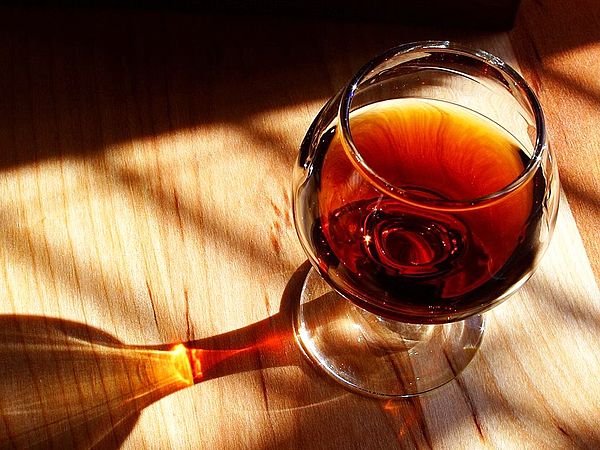I liked making wine
Especially red dry wine

There are five basic stages to the wine making process which begins with harvesting or picking. After the harvest, the grapes are taken into a winery and prepared for primary ferment.
To start primary fermentation yeast may be added to the must for red wine or may occur naturally as ambient yeast on the grapes or in the air. Yeast may be added to the juice for white wine. During this fermentation, which often takes between one and two weeks, the yeast converts most of the sugars in the grape juice into ethanol (alcohol) and carbon dioxide. The carbon dioxide is lost to the atmosphere.
After the primary fermentation of red grapes the free run wine is pumped off into tanks and the skins are pressed to extract the remaining juice and wine. The press wine is blended with the free run wine at the winemaker's discretion. The wine is kept warm and the remaining sugars are converted into alcohol and carbon dioxide.
The next process in the making of red wine is malo-lactic conversion. This is a bacterial process which converts "crisp, green apple" malic acid to "soft, creamy" lactic acid softening the taste of the wine. Red wine is sometimes transferred to oak barrels to mature for a period of weeks or months; this practice imparts oak aromas and some tannin to the wine. The wine must be settled or clarified and adjustments made prior to bottling.
Learn more on Wikipedia